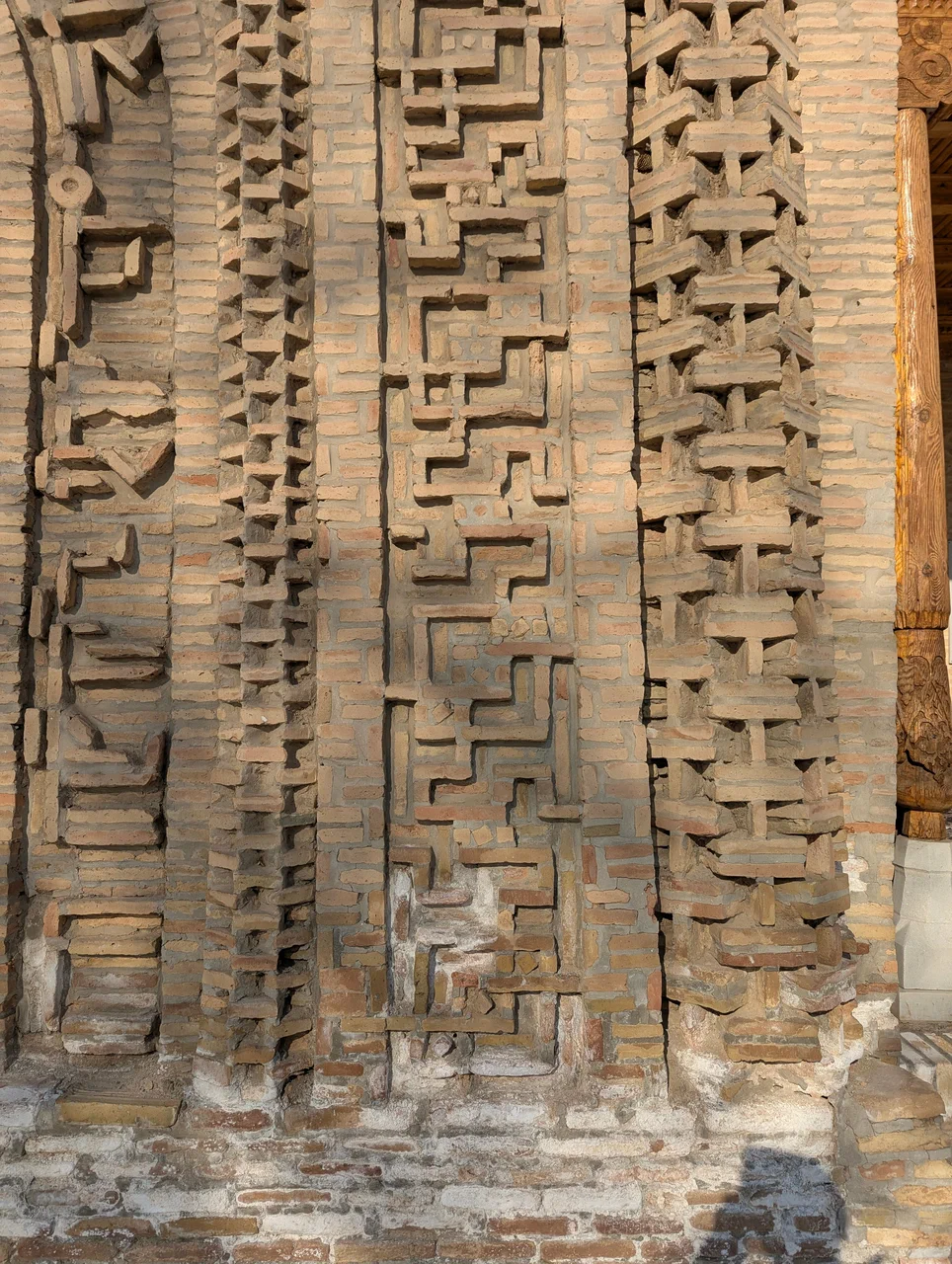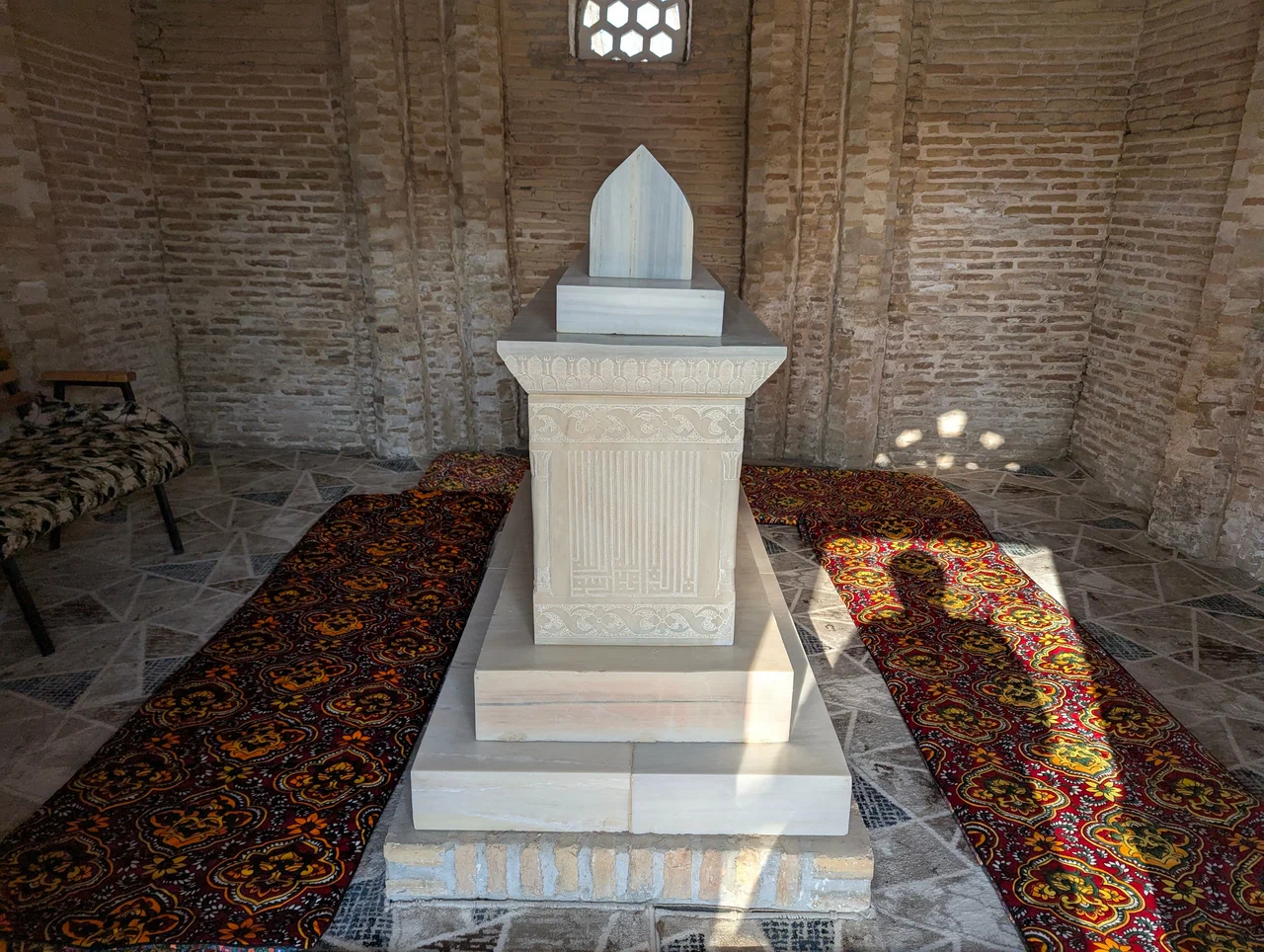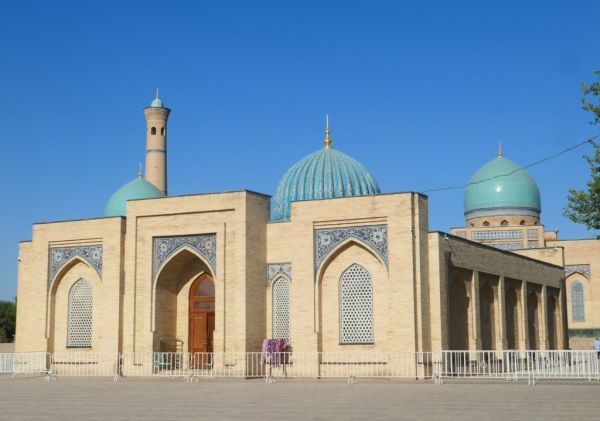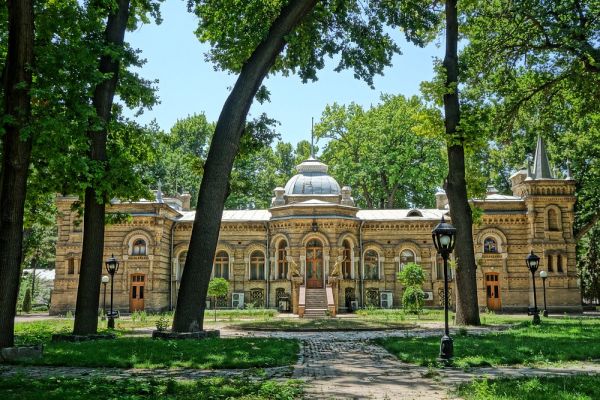Mir Said Bahrom Mausoleum
Mir Said Bahrom Mausoleum, located in the heart of Karmana, not far from the mausoleum of Qasim Sheikh, is a historical complex that includes a mausoleum and a small mosque. Built around 1200, the mausoleum underwent its last restoration in 1976.
Historians have little information about Mir Said Bahrom himself, except that he was a representative of the Samanid dynasty. In 874, an uprising broke out in Bukhara, which spread throughout Maveranar and reached Karman. According to Abu Tahir Khoja Samarqandi's work Samarkand, Mir Said Bahrom was a highly respected and influential man known for his knowledge, intelligence, and ability to work miracles.
The mausoleum is a unique structure, it is considered the smallest mausoleum in Uzbekistan. Especially noteworthy are its terracotta patterns, carved brick inserts, and geometric ornaments (girih). Many people find similarities between this mausoleum and the famous Samanid mausoleum in Bukhara.
The building has a square shape with a small dome and has a beautiful arched entrance portal framed by a rectangular frame with a kufic inscription. The entire building is decorated with exquisite geometric facades and lined with burnt brick.
Inside, the marble tomb is covered with gold stitching. The walls are octagonal with arches supporting a small dome. The arches have preserved beautiful terracotta inserts with smooth wooden ornaments.
Adjacent to the mausoleum is a mosque surrounded by a long veranda with wooden columns with carved patterns. This part of the building is a modern extension: the floor in the courtyard and veranda is lined with red brick.
Mir Said Bakhrom Mausoleum is a monument of national significance. Today, the monument is surrounded by a garden where residents of the Pocket celebrate holidays such as Navruz, Independence Day and Harvest Festival.
This architectural complex, built by craftsmen and architects of his time, has great historical and spiritual value. It is a testament to the rich history and cultural heritage of Uzbekistan, offering visitors a glimpse into the past and a place for contemplation and reflection.













